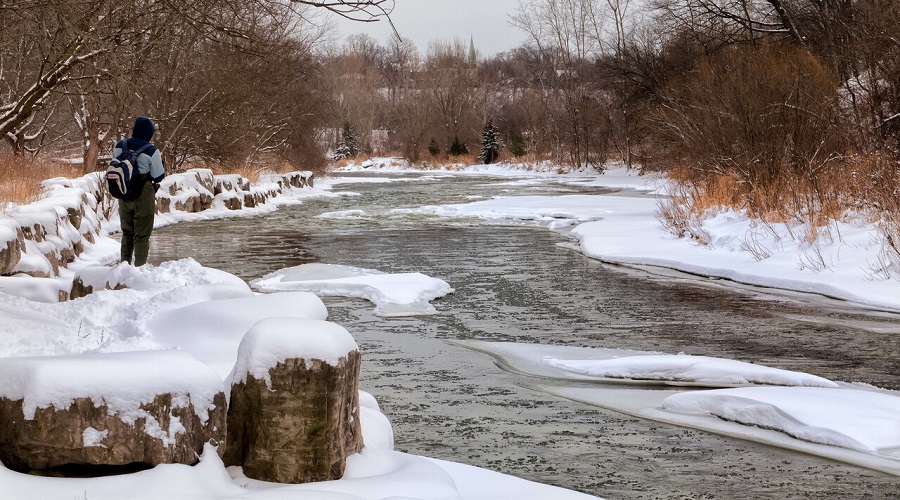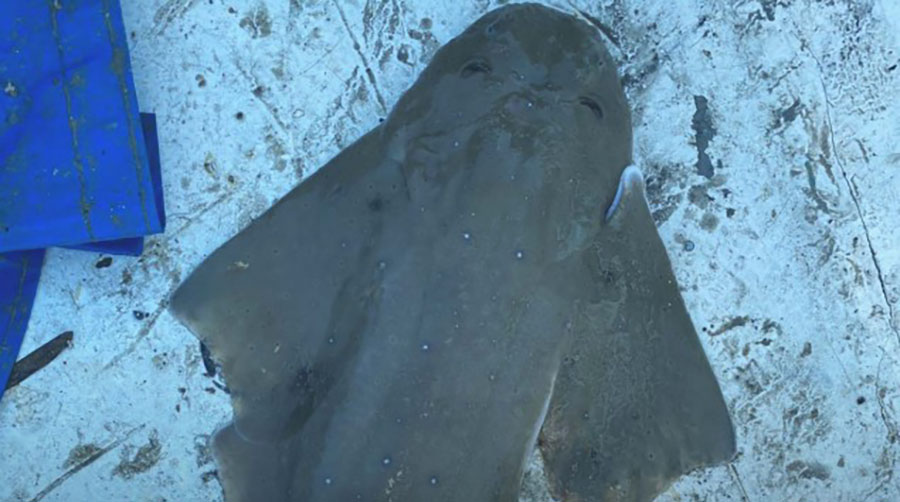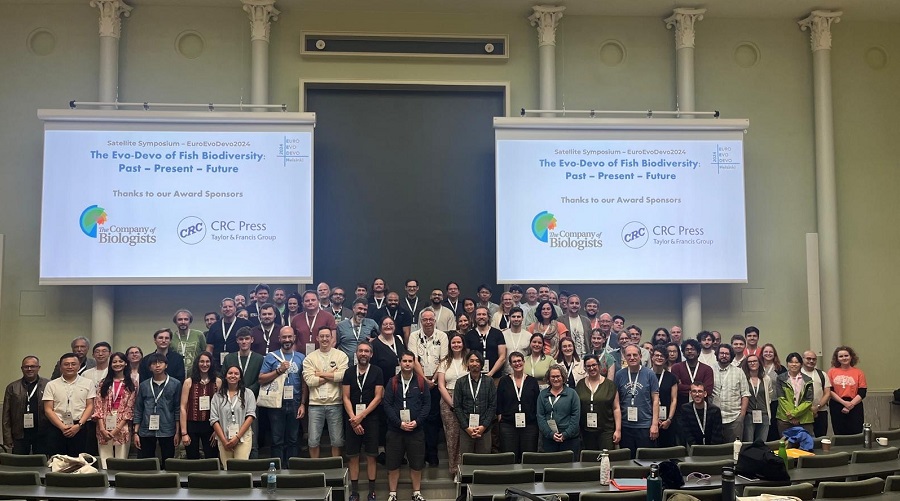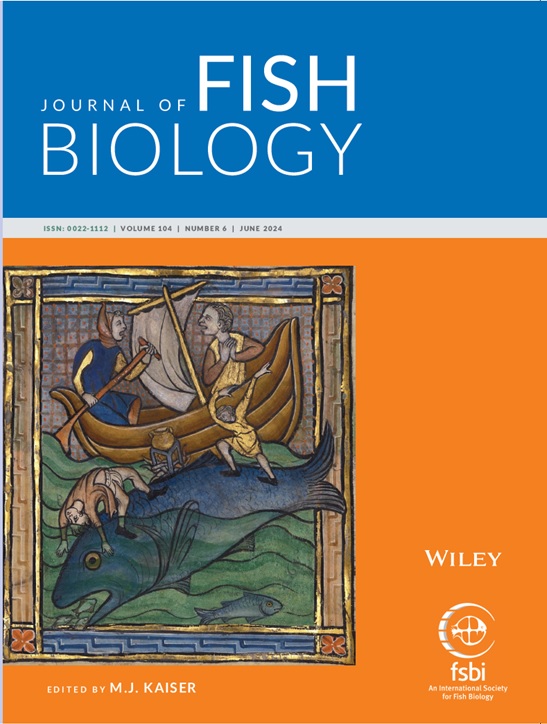
After the collapse of herring and cod stocks in the western Baltic Sea, flatfish such as plaice, flounder, and dab now dominate the catch. However, they can’t replace the lost catch of cod and herring. Photo by Ilka Thomsen, GEOMAR.
As the abundance of global fish populations continues to deteriorate, top fisheries researchers are calling for simpler yet more accurate stock assessment models that avoid overly optimistic scientific advice, which ends up encouraging overfishing.





